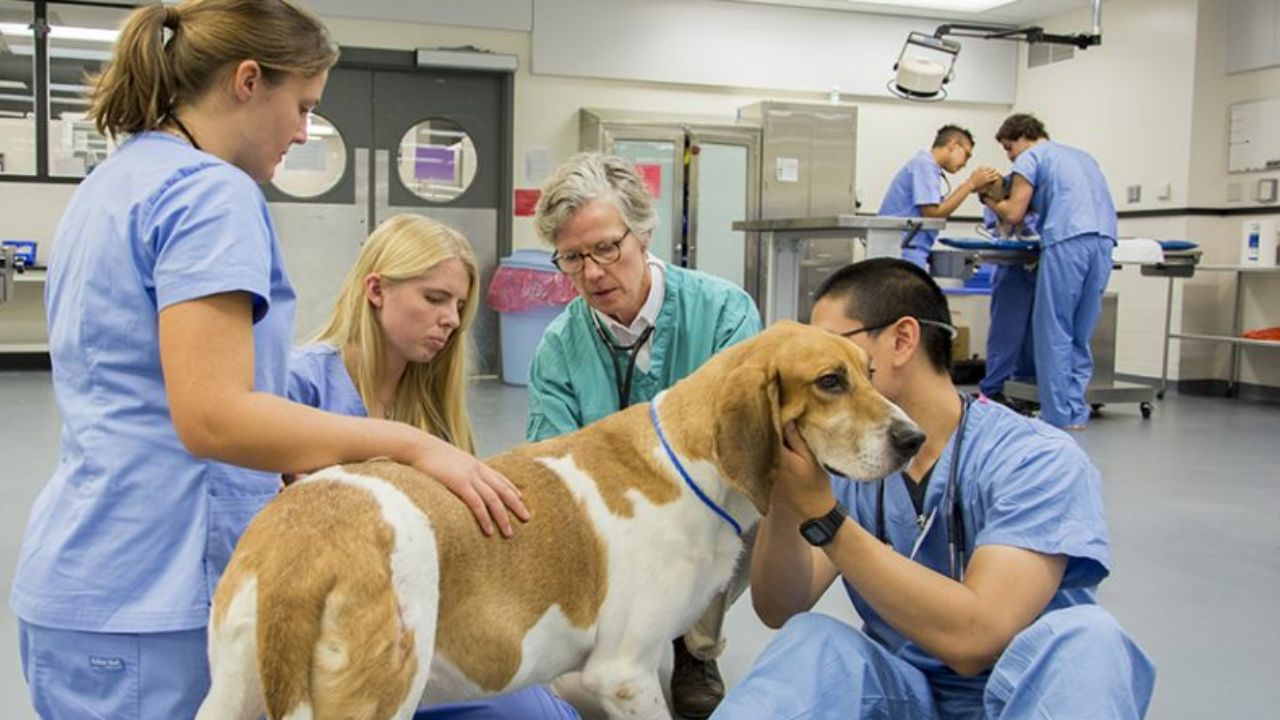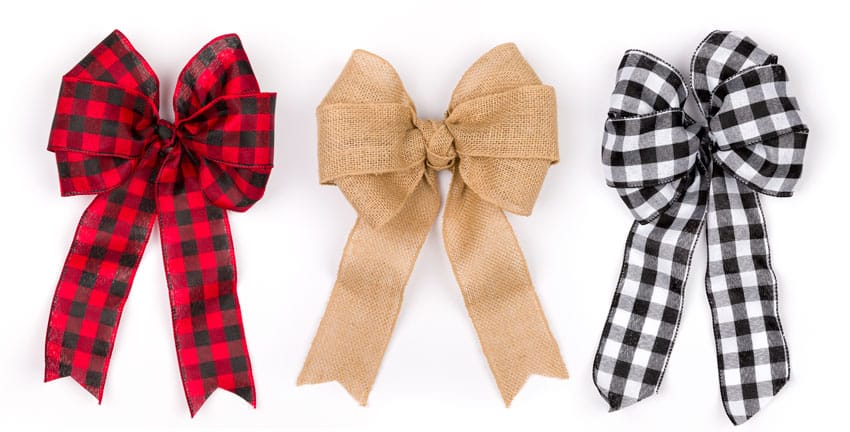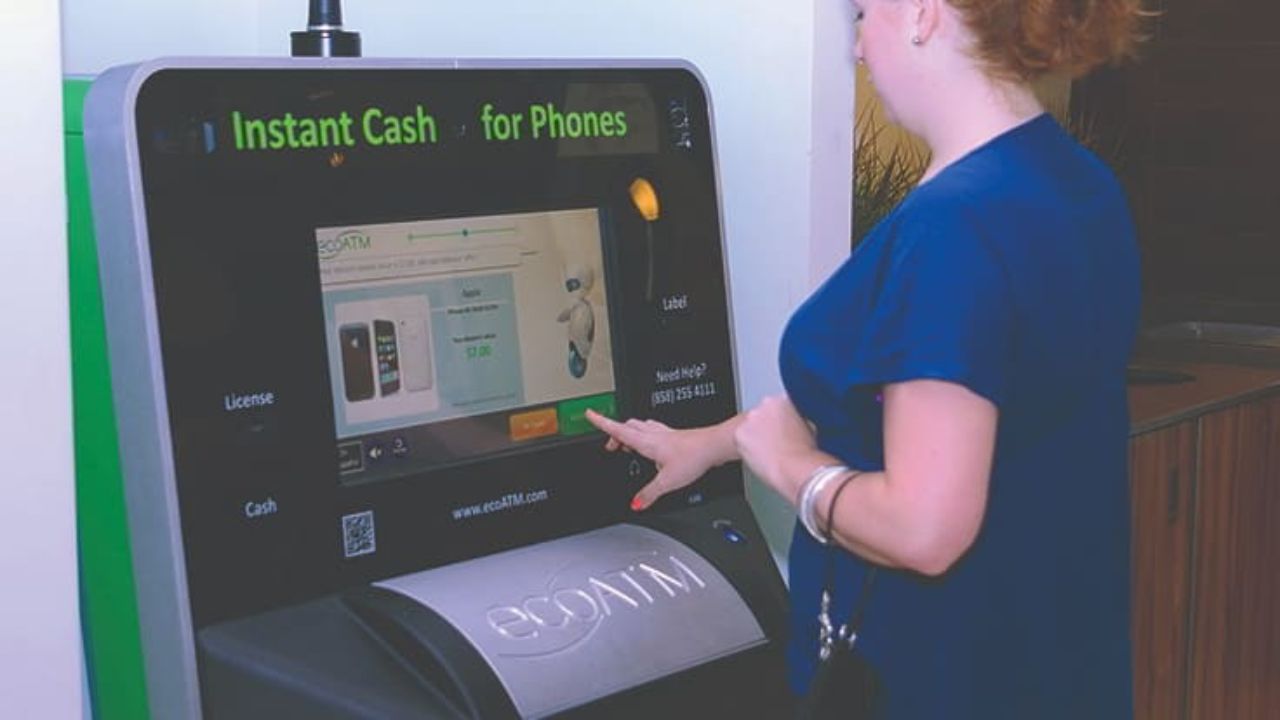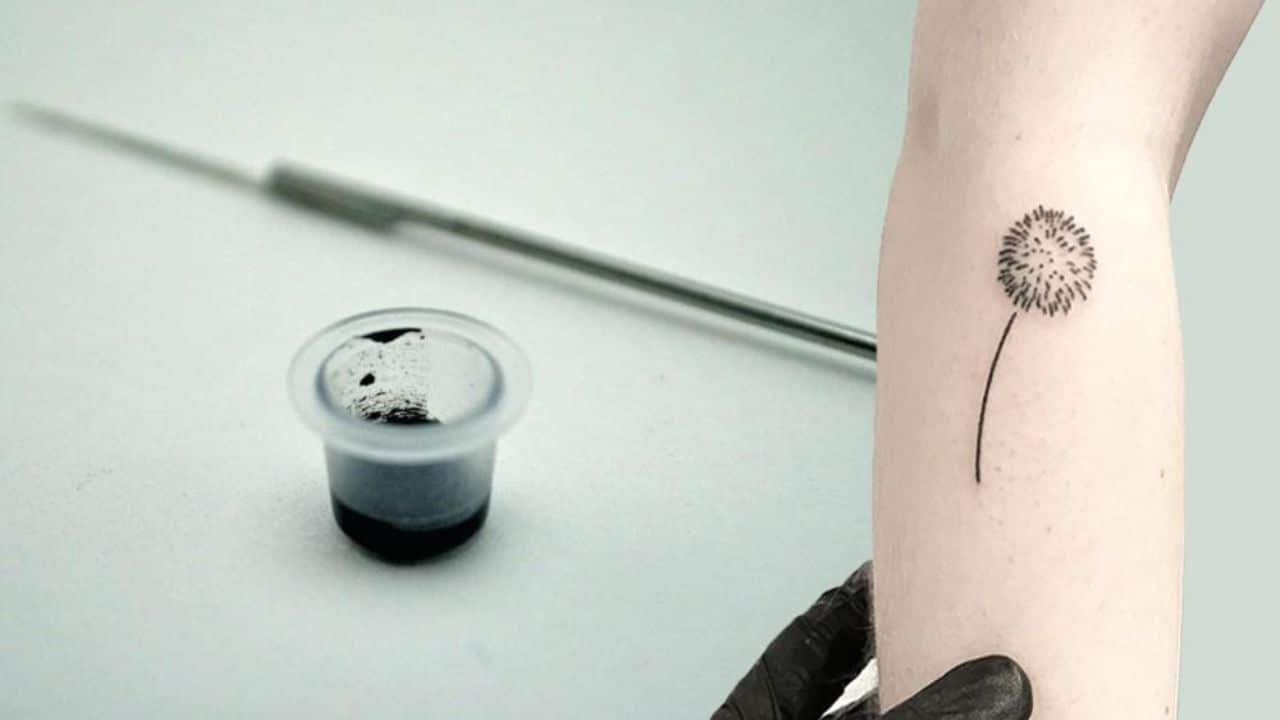Learning to say “hi” in Chinese is a great way to break the ice and make a positive impression when interacting with Mandarin speakers. With its rich cultural nuances, the Chinese language places importance on proper greetings. In this guide, we’ll explore the basic language greeting skills to help you confidently say “hi” in Chinese.
Table of contents
How to Say Hi in Chinese
#1. The Common Greeting你好 (Nǐ Hǎo)
The most widely used way to say “hi” in Chinese is “你好” (Nǐ Hǎo). It is pronounced as “knee how,” this phrase is versatile and can be used in various situations. Whether meeting someone for the first time or encountering a familiar face, “你好” is a safe and friendly way to greet others.
#2. Casual Greetings 嗨 (Hāi) and 哈喽 (Hā Lóu)
For a more casual and informal setting, you can use “嗨” (Hāi), which is similar to the English “hi.” Another option is “哈喽” (Hā Lóu), a playful and modern way of saying “hello.” These informal greetings are suitable for friends, peers, or individuals of the same age group.
#3. Greetings Based on Time of Day 早上好 (Zǎo Shang Hǎo), 下午好 (Xià Wǔ Hǎo), 晚上好 (Wǎn Shàng Hǎo)
In Chinese culture, different greetings are expected to be used based on the time of day. In the morning, you can say “早上好” (Zǎo Shang Hǎo), which means “good morning.” For the afternoon, use “下午好” (Xià Wǔ Hǎo), or “good afternoon,” and in the evening, say “晚上好” (Wǎn Shàng Hǎo), meaning “good evening.”
#4. Regional Greetings Cantonese and Other Dialects
China is a vast country with diverse linguistic regions, and different dialects are spoken nationwide. In Cantonese, spoken in southern China and Hong Kong, you can use “唞唞” (Lei Hou) to say “hi.” If you’re in an area where a specific dialect is predominant, consider learning and using the local greeting to show respect for the regional culture.
#5. Body Language and Gestures Nodding and Smiling
While mastering spoken greetings is essential, understanding Chinese body language and gestures can enhance your communication skills. A simple nod or a warm smile can go a long way in conveying friendliness and respect. In Chinese culture, maintaining eye contact shows sincerity and attentiveness.
Frequently Asked Questions
The most common greeting is “你好” (Nǐ Hǎo), pronounced as “knee how.”
Yes, “嗨” (Hāi) and “哈喽” (Hā Lóu) are informal options suitable for casual settings.
Yes, you can use “早上好” (Zǎo Shang Hǎo) in the morning, “下午好” (Xià Wǔ Hǎo) in the afternoon, and “晚上好” (Wǎn Shàng Hǎo) in the evening.
Consider learning and using the local dialect’s greeting. For example, “唞唞” (Lei Hou) is a standard informal greeting in Cantonese.
Yes, gestures like nodding, smiling, and maintaining eye contact are crucial in conveying friendliness and respect in Chinese culture.
Conclusion
Mastering the art of saying “hi” in Chinese involves learning the words and embracing the cultural nuances accompanying these greetings. Whether you’re a traveler, a language enthusiast, or someone building connections in the globalized world, the ability to greet others in their native language is valuable. Start with these basic Chinese greetings, and you’ll find yourself on the path to meaningful cross-cultural exchanges and connections. So, 你好! (Nǐ Hǎo!) Get ready to embark on a journey of linguistic discovery and cultural appreciation.
References
● tandem.net: How to say hello in Chinese.
● berlitz.com: How to say hello in Chinese.






